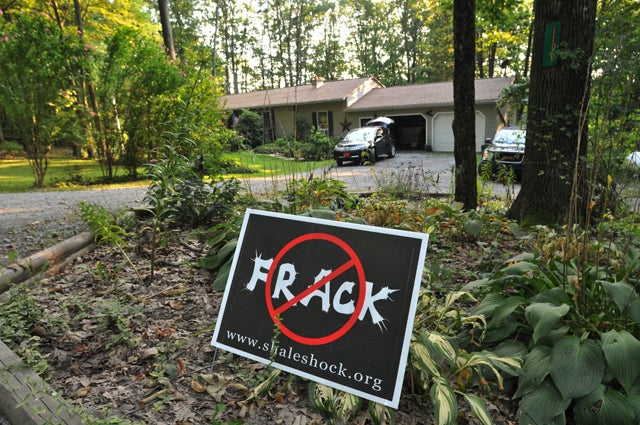Saving the environment and producing shale oil and gas by hydraulic fracturing (fracking) are not mutually exclusive; however, it seems the two sides have been unable to move past their differences. But The Center for Sustainable Shale Development (CSSD) out of Pittsburgh, Pennsylvania, might just be pointing the way.
The CSSD was unveiled last week as a third-party evaluation company organized to certify oil and gas shale companies in the Appalachian region as environmentally responsible. It’s not a new idea—except that the standards for a company to earn the stamp of approval are pretty powerful.
Sitting on the board of the CSSD are four oil and gas leaders, four environmentalists, and four independents. Among them are former U.S. Secretary of Treasury Paul O’Neill, former U.S. Environmental Protection Agency Administrator Christine Todd Whitman, as well as leadership from the Clean Air Task Force, Chevron Appalachia, the Environmental Defense Fund, and Shell North America.
Who would have thought that leaders from influential environmental activist groups and energy businesses would be sitting around the same table, developing and pitching one idea?
Together this group seems to have found a productive way to coexist and move forward in Marcellus shale states. Drilling companies wanting the stamp of approval will have to prove that they meet 15 standards for wastewater treatment and air emissions.
For environmentalists, this means acknowledging that shale development is here to stay and recognizing an acceptable set of standards within which oil and gas companies can operate. Of course, whether or not the model will be a success and a model for other regions to replicate remains to be seen.
There are three reasons to be hopeful about this model, however.
- The program is voluntary and requires concessions from both parties with benefits for both as well. The most successful environmental policies have been accomplished when the freedom of individuals is preserved.
- The CSSD was put together using the expertise of people directly and geographically connected to the Marcellus shale development. Nothing can replace the experience and knowledge of those who stand to gain (or lose) the most by success.
- The CSSD aims to meet the unique concerns and conditions of the Appalachian region, rather than tackle shale development across the nation. This nuanced leadership stands to better meet the actual concerns and goals of people within their region and simply isn’t possible from Washington.
This is how Americans solve problems—not from top-down regulations or one-size-fits-all rules, but individuals working to find ways to solve them. The CSSD certainly fits the definition.
See also: Eight Principles of the American Conservation Ethic































